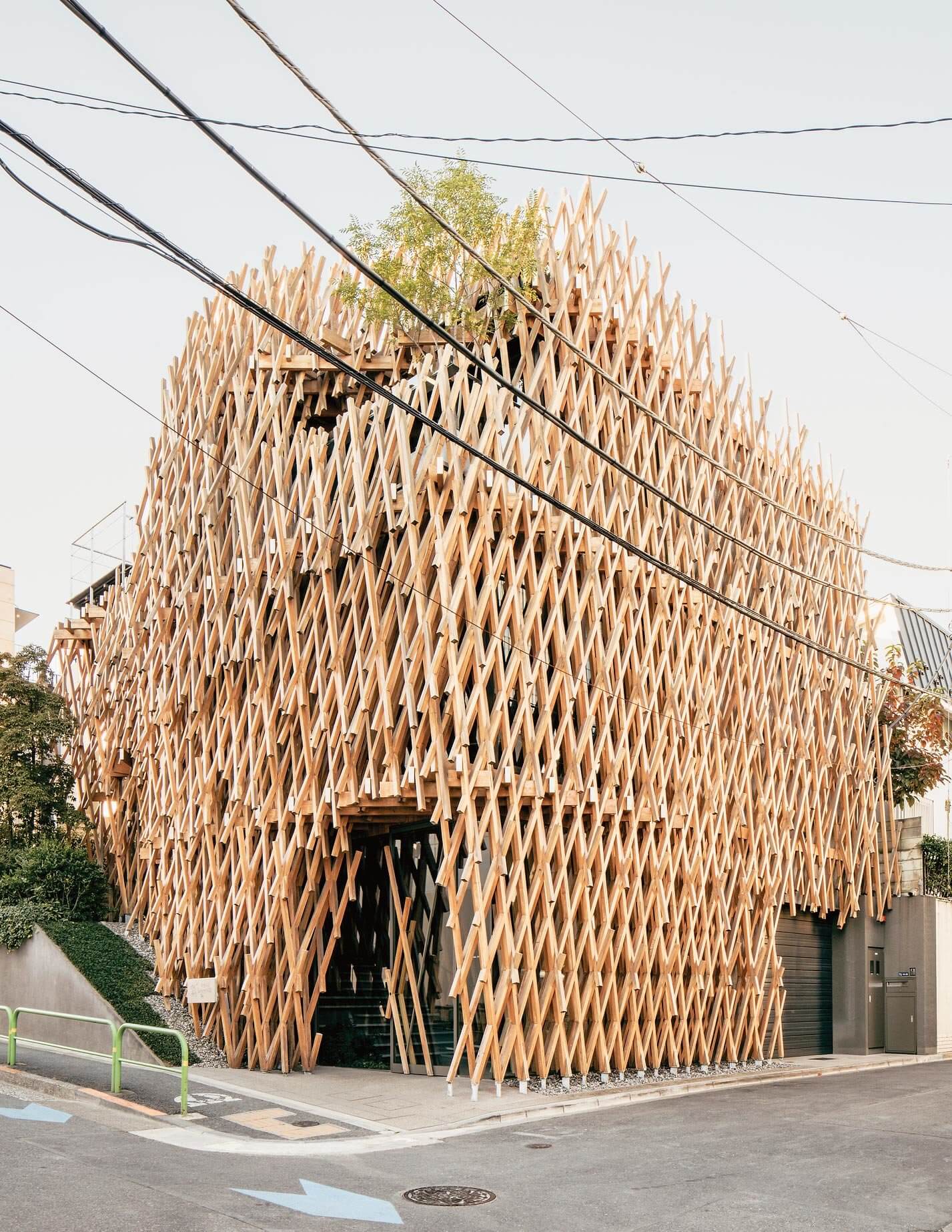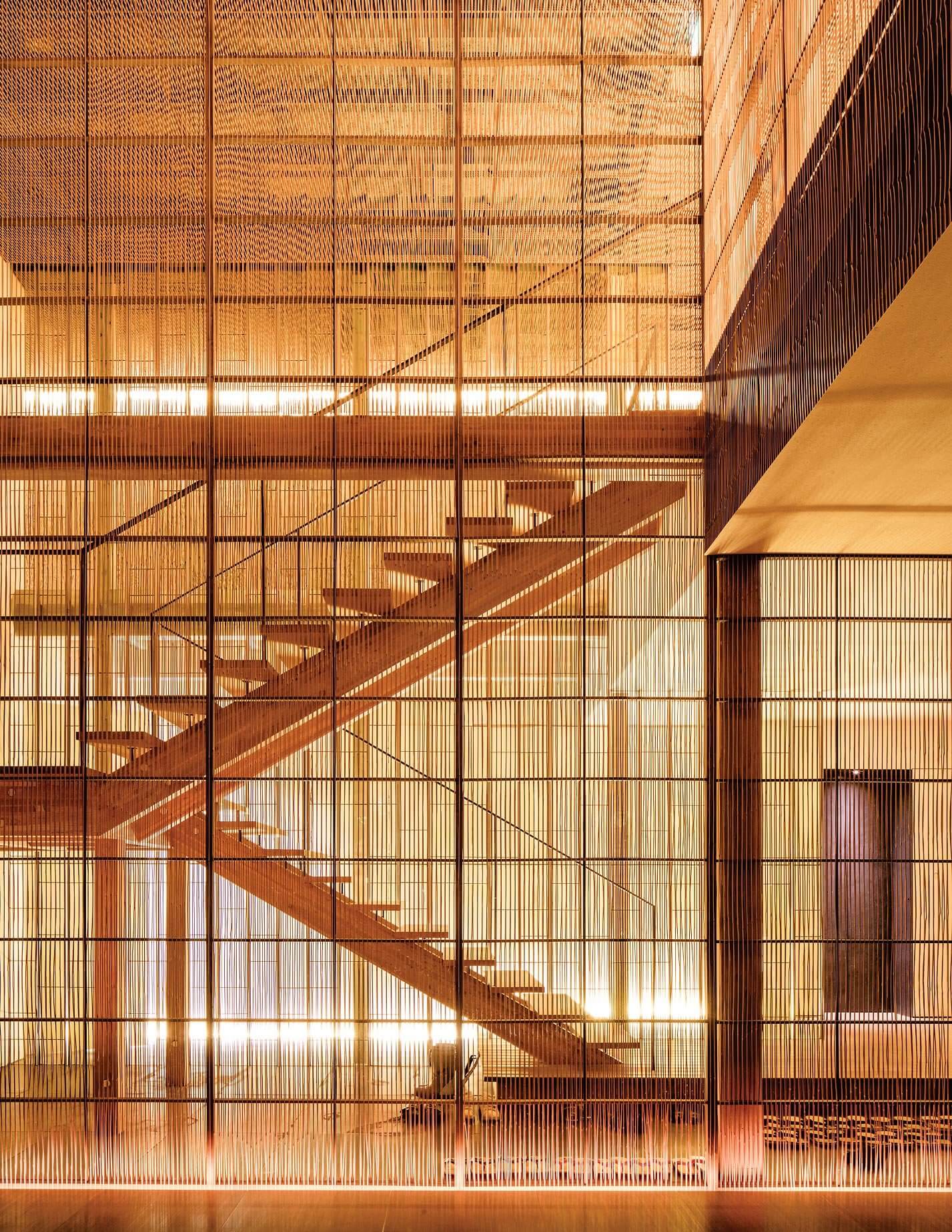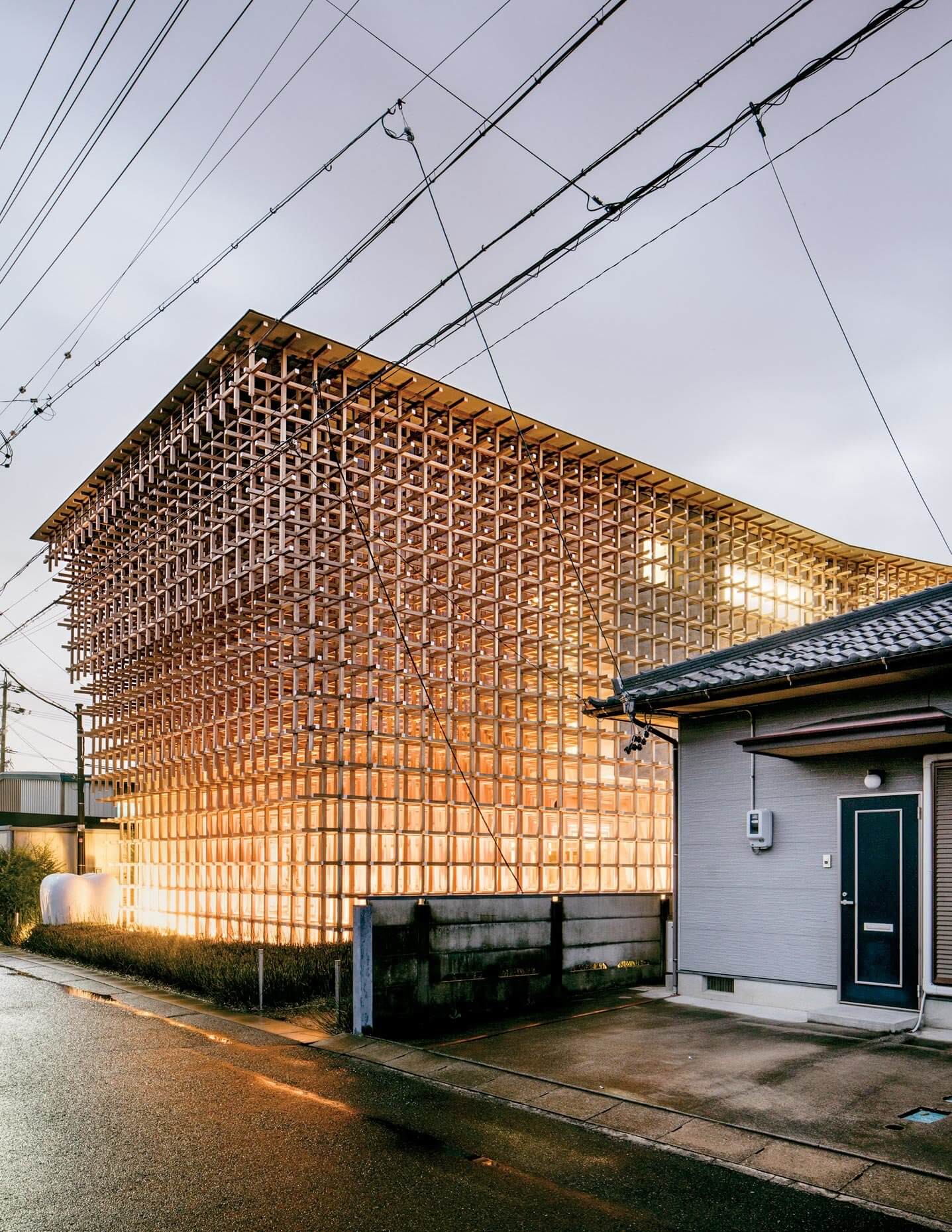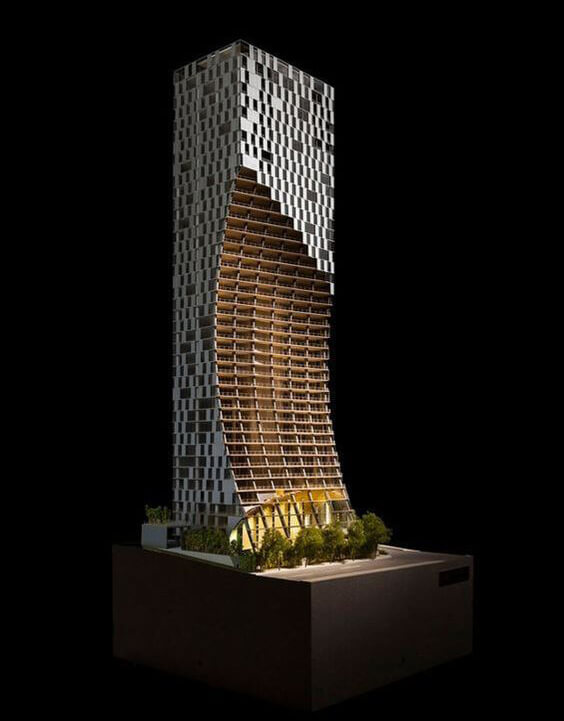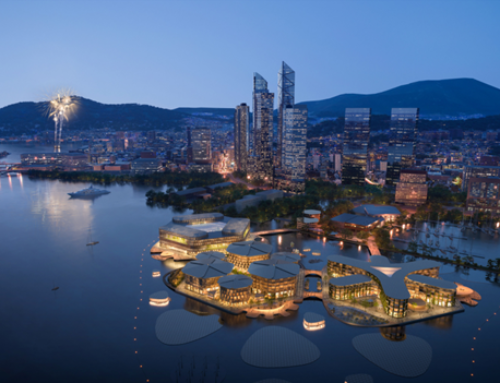The Architecture of Kengo Kuma
Kengo Kuma, is rejecting all the postmodern distinctive architecture and calls to rebuild the practice to be anti-object.
He is opposing flashy buildings in favor of building humble natural architecture. This humble architecture looks like a piece of nature!
His architecture is simple, yet so innovative in its unity and integration with nature. He doesn’t build walls, windows, and ceilings the way we see them and used to build them. His architecture is replacing all these components with layers of landscape and wood branches. These landscape layers (which work as walls) are the seamless edge between architecture and nature, making architecture as a second nature. His materials are made from traditional, light, and natural ingredients that are assembled with void gaps (perforated) creating a visual and sensual continuation between his architecture and the earth surface.
Even when it comes to designing a huge building like the Japan National Stadium, when he had to compromise among several demanding parties, the building comes simple in its initial impression and as unobtrusive as a massive stadium can be. This massive stadium is representing architectural modesty. (1)
It is impressive how the design is giving the priority to the mother earth as the context and the inspiration instead of creating a flashy dominant architecture as most of us do.
Kuma leaves his wood structure (including beams, panels, walls) exposed, showing unfinished small sectional lumber. His buildings remind us of live tree branches or a bird’s nest with minimum human/factory interference.
Kuma is rethinking the practice of architecture through using what he calls “defeated architecture,” “small architecture” or “anti-object” architecture through acquaintance with local materials and methods, relate itself harmoniously to its surroundings. Architecture should cease to force itself onto a landscape and should instead, through acquaintance with local materials and methods, relating itself harmoniously to its surroundings. (1)
From inside to outside every detail (which is built by local craftsmen and using local natural materials) is made to create nature unity.
His architecture makes us wonder if the whole trade of architecture will be one day regenerated from scratch, to be as humble, simple, and integrated as nature!
Resources:
1-Nikil Saval, 2018, Nytimes Magazine
https://www.nytimes.com/2018/02/15/t-magazine/kengo-kuma-architect.html
